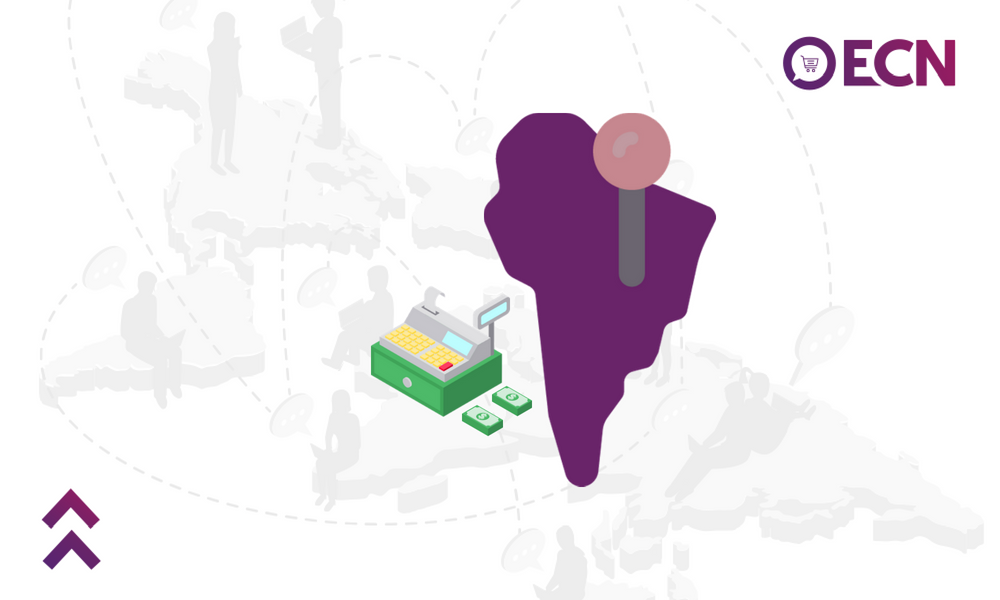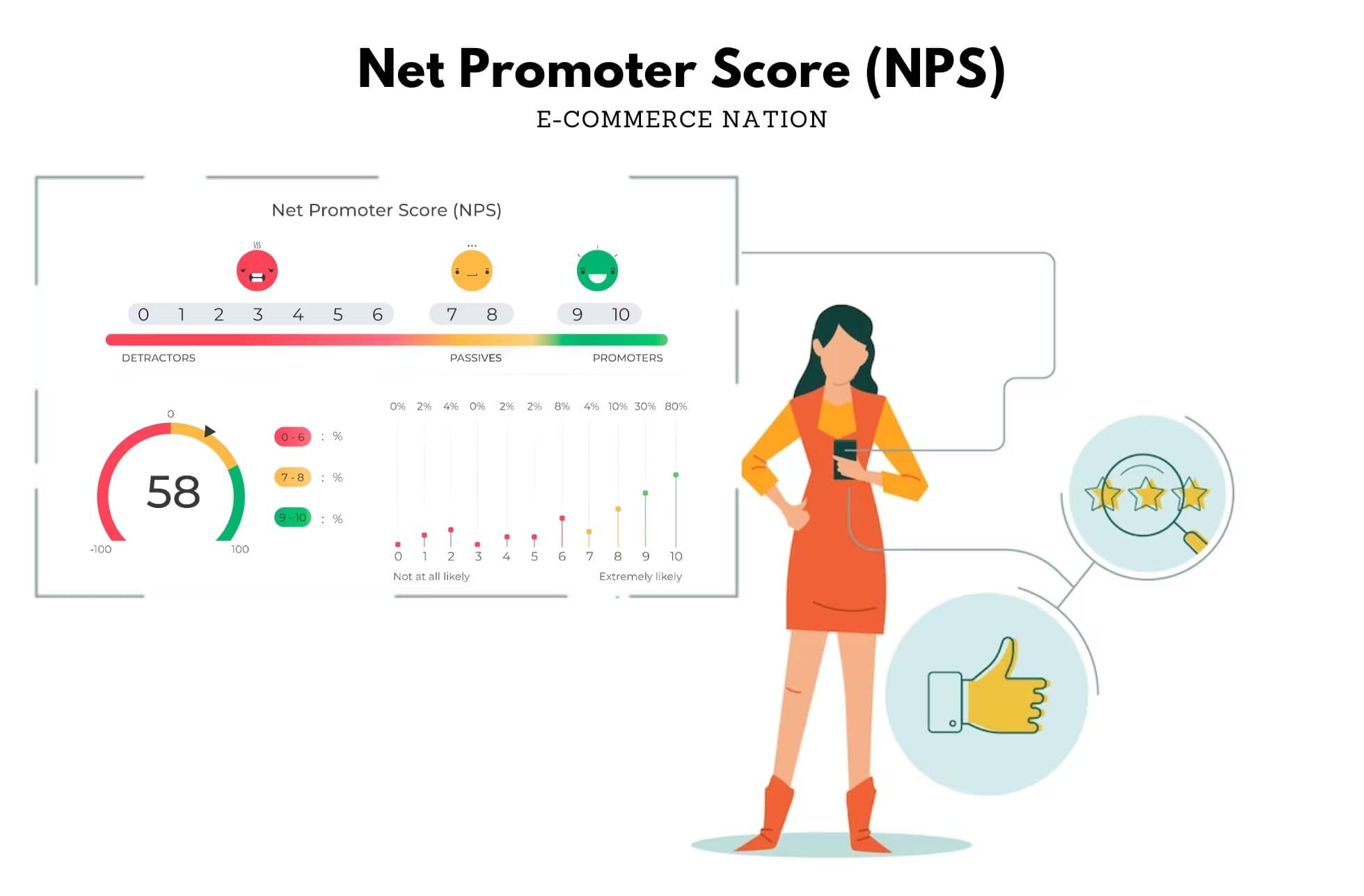Today’s consumers have more options than ever. But this also means that when shopping online, customers are bombarded with many similar offers. One can easily find a number of different sellers offering the same product, for the same price, with the same delivery time. So, if you are a retailer, the big question is how to stand out, and get LatAm’s online customers to buy from you.
Of course, it helps to differentiate your website by making it easier to navigate, displaying information in a friendlier way and engaging customers on social media – but this is just the beginning. In order to truly stand out and make sales, you need to offer consumers the best customer experience possible, especially considering recent studies show that U.S. companies lose over $75 billion dollars a year due to poor customer service.
And in Latin America, which currently leads the world in ecommerce growth, retailers need to pay extra special attention to customer service, too. A survey by Brazilian customer service platform Octadesk found that 87 percent of locals think great customer service makes a company stand out from its competitors. Even more, only 14 percent would give a company a second chance after having a bad customer service experience.
But there is no one-size-fits-all approach to global customer service. So, if you are looking to cut your slice of the booming LatAm’s ecommerce market, which is set to generate almost $85 billion in sales by 2019, here are the biggest customer service no-nos to keep in mind:
Not offering customer service in the local language
Although many Latin Americans can understand or are fluent in English, it is not the region’s official language. If you want to offer your clients a customer service that they really appreciate, you need to speak to them in their language. In the majority of countries in LatAm, this means offering this customer service in Spanish and Portuguese.
It is also important to note that LatAm Spanish differs from European Spanish, just as Brazilian Portuguese differs from the Portuguese spoken in Portugal. People understand the European versions, but there are differences in meanings and expressions, which can lead to misunderstandings and lack of engagement. As a vendor trying to offer superior customer service, you must therefore employ local customer service representatives who can best engage local customers.
Not knowing and monitoring local customer channels
In most Latin American countries, including Brazil, Mexico and Chile, among others, there are known platforms in which LatAm’s online customers can publish complaints about companies. These platforms serve as an independent channel of communication between the two parties, and also as a way for customers to get feedback and reviews before buying products and services. Not knowing these channels is a huge mistake on its own. But not monitoring your company’s profile on them is one that can actually be detrimental to your company’s success.
Not offering a phone communication channel for LatAm’s online customers

Mobile is a very important channel for ecommerce in LatAm. The region’s smartphone penetration is creeping up toward 50 percent, and mobile commerce is actually growing at twice the rate of traditional ecommerce. If you make it simple for your customers to buy from you over their smartphones and, through these very smartphones, talk to your customer service team by making a phone call – the way a lot of them prefer to – you are making their lives far easier.
In Latin America, people like to have conversations over the phone when they have doubts and questions regarding online purchases. Of course, this is more evident in some countries than others. For instance, almost 30 percent of EBANX’s customer service tickets coming from Mexico are over the phone. And in Brazil, the survey conducted by Octadesk revealed that the telephone is the preferred communication channel for customer service, with over half of those surveyed choosing it as the best option. So, if you do not provide customer service over the phone, you will miss opportunities of connecting and engaging with your customers.
Not knowing about taxation in Latin America
LatAm’s online customers often have doubts about taxation. Thus, they will contact your company’s customer service for information on that, such as if their product will be taxed, and if so, how much will the tax be, how and where they can pay this tax, and so forth.
In addition, you must consider that the departments that take care of shipping, storage, taxation, and other matters regarding purchases are different in each Latin American country. Taxes also have different names, processes, and purposes depending on the country. As such, your company’s customer service team must be prepared to orient LatAm’s online customers on how and where to look for information on that end.
Not offering local payment methods
LatAm nations have a lot of similarities, but they are also very different. Often, these differences are subtle, which can make them hard to detect. One example is regarding to payment methods: although cash payment solutions and domestic credit cards are widely used in every Latin American country, the options are very different from each other.
For instance, in Brazil there is Boleto Bancário, a cash payment which offers a voucher that can be paid via internet or mobile banking, or physically with cash at any authorized place. In Peru, it is Pago Efectivo that people use for the same purpose, and it generates a numeric code, not a voucher. And it is different in other countries as well. Many people also pay for purchases with installments. But, again, it is a process that varies from country to country.
For retailers, Latin America offers a bright new opportunity to sell their goods online. But selling them is just one half of the battle. To make sure that you can keep selling, it is crucial to invest in building the ideal customer experience. When doing so, you must remember that customer service differs not just between LatAm countries and the U.S. or Europe – but often on a country level within the region as well.





